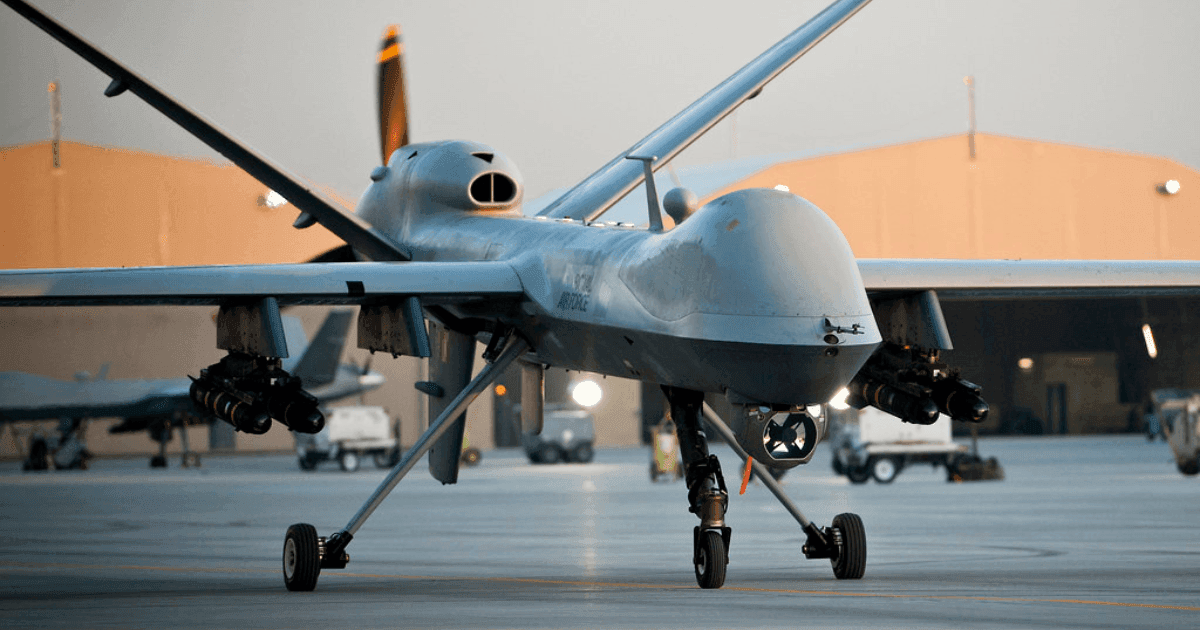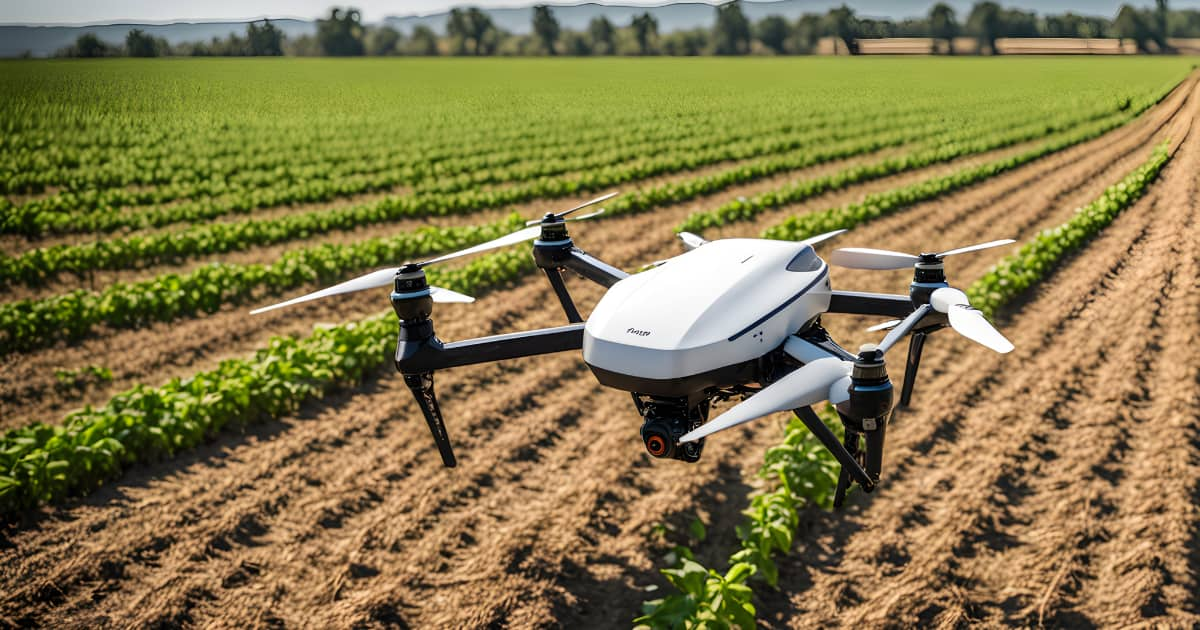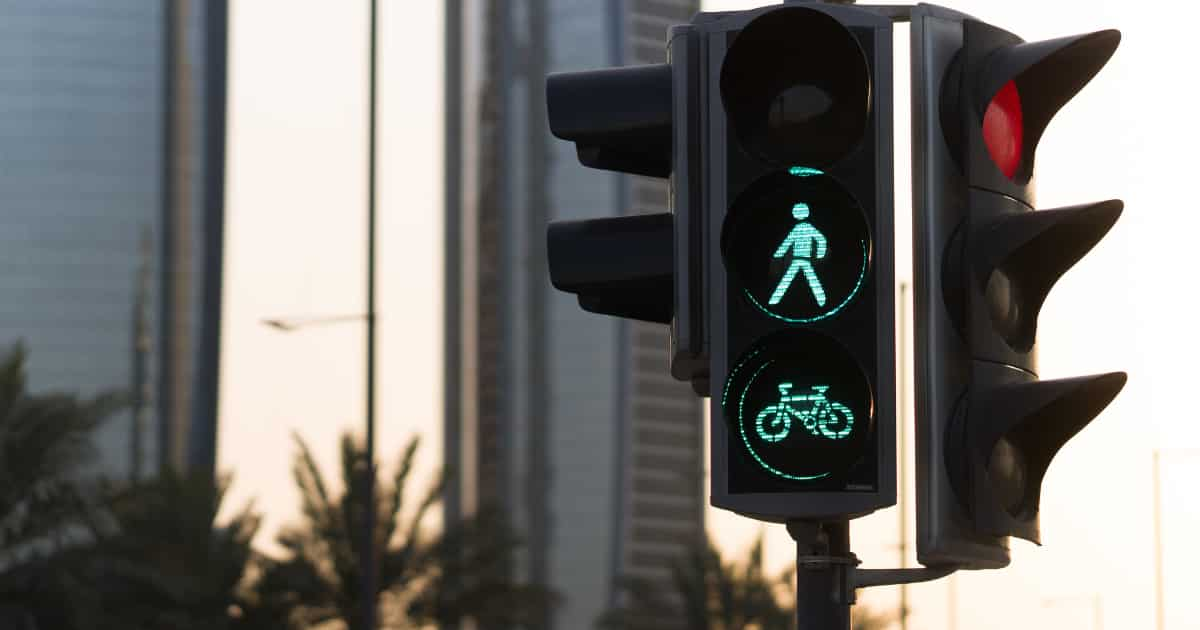In the art of war, the relationship between the shield and the sword has always led to the development of a race for technological advantage.
Today, most nations place military advantage in the hands of advanced technologies (both tactical and strategic). For example, drones, a natural evolution of aircraft, played a decisive role in the recent conflict in Nagorno-Karabakh. Tomorrow, AI-equipped drones could provide new opportunities to support military troops by providing support or information more quickly. The deployment of AI in drones opens up significant opportunities, but these are still sometimes perceived in a very erroneous way by public opinion or the political class.
What are the different types of military drones?
Nowadays, there are a number of military UAVs, which can be classified into three categories according to their altitude and autonomy (tactical UAVs, MALE UAVs and HALE UAVs). Each class of drone carries out different missions and is assigned different means.
Tactical UAVS
Tactical drones are small drones that are easily transportable by soldiers in the field. Their main mission is to directly assist troops in the theater of operation by providing them with intelligence located in a restricted geographical area.
This intelligence technique reduces the risk to soldiers’ lives since they are not directly exposed, as they remotely operate the drone from behind. For example, the American army uses tactical drones during combat in urban areas. Indeed, in an urban terrain, soldiers are confronted with what they call “the fatal funnel”. This is the risk undertaken when they have to break down the door of a building without even knowing what will be behind it (armed man or trap).
To alleviate this problem, the US Navy has been using tactical reconnaissance drones in closed environments (Nova) since 20181. Similarly, the French Army has equipped itself with Parrot drones weighing about 500 grams for day and night observation purposes2. Since 2020, the French army has also been using Spy’Ranger mini reconnaissance drones (SMDR) in the BSS, which can transmit an HD video stream in real time within a radius of 30 kilometers3.
The tactical drones can then be used to locate an enemy or a trap during the progression of a team on the ground, but can also be used to adjust artillery fire according to the information collected.
MALE drones : Medium Altitude Long Endurance
MALE (Medium Altitude Long Endurance) UAVs, also called MALE RPAS (Remotely Piloted Aircraft System), are remotely operated UAVs flying at medium altitude (so as to be invisible to the naked eye), and which have a long flight autonomy. They are remotely operated by operators and are used for intelligence missions (detection of enemies) or strike missions in a much larger radius than tactical drones.
During its intervention in Afghanistan, the U.S. Army equipped its MALE drones, such as the Reapers drone, with weapons systems. The same is true for the French army, which has equipped itself with Patroller drones. Thus, the drones could themselves deliver effects by firing missiles.
HALE drones: High Altitude Long Endurance
HALE (High Altitude Long Endurance) drones constitute the third category of military drones. They are the size of a small aircraft and fly at the stratospheric boundary (18,000 meters above sea level) for a flight time of about 36 hours.
HALE drones are not equipped with missiles because their altitude would make firing them too complex. Thus, intelligence is their main mission. HALE UAVs offer the same functions as a satellite in terms of image analysis capacity, but unlike a satellite, the HALE UAV can remain over a given area in order to obtain permanent surveillance. It can also be repositioned quickly if necessary.
Military drones: autonomous or automated?
Today, the piloting of these MALE and HALE class UAVs is not autonomous and is still automated only for limited functions. They are fully teleoperated by agents on the ground.
The only automated function that could potentially be on board this type of drone is that of autopilot. This function, which is quite traditional, is comparable to the one already used in airliners. To speak of an “autonomous” drone for such a use would be like speaking of an autonomous airliner, which is absolutely not the case in reality, nor in the perception that the general public has of it.
We often read that military drones equipped with artificial intelligence systems operate autonomously. In reality, we should rather speak of automation, even if, as we have seen, drone automation remains very low to this day. Indeed, as we mentioned in our article “Autonomy of AI: can we really talk about it?“, the semantic distinction is essential. The so-called “autonomous” operation of a drone would mean that the system is able to modify its operating framework or its objectives (both initially defined by its algorithm and its designer) without human intervention. But this remains, today, out of reach of the current artificial intelligence systems.
What is the purpose of AI in military drones?
The so-called intelligent functions associated with drones are most often located on the ground.
The drone sends data streams (usually images) that will be processed by algorithms and human operators on the ground. The information will then be verified, cross-referenced and analyzed by human decision-makers in order to establish the opportunity for concrete action on the ground. Thus, the information transits from the drone to the chain of command to determine an action to take. This action then goes back down to an operator and perhaps this same drone if it has the necessary effectors for the action. An order will be sent (or not) by the decision maker who will give his green light to the operator who will trigger the action through the drone.
Once again, the human being keeps full control over the actions and movements of the drone, even if he delegates part of the execution of the actions to automated systems. To speak of automated drones, it would be possible in the future to equip drones with an AI system to delegate some of the tasks such as the automation of navigation or the recognition of certain targets. The operator would then be able to send simple orders to the drone and the AI would automate the flight commands in order to perform the requested mission.
But it is important to underline that today no drone pilot (operator) has the freedom to undertake a firing decision without the prior authorization obtained through the chain of command. The operator has exactly the same role as a fighter pilot aboard his aircraft, except that he is at a distance. The drones simply allow the pilot to step back from the system, although the operator is still in charge of the drone’s maneuvers.
Today, the concept of autonomy within military drones is non-existent and is not about to be developed. Weapons engineers do not seek to make their UAVs autonomous because this would go against the very structure of the chain of command that ensures a proportionate and legitimate use of force. An autonomous system could be counterproductive and pose more risks than benefits. Indeed, it would cause a loss of control in the use of force that could taint the legitimacy of the armed forces.







